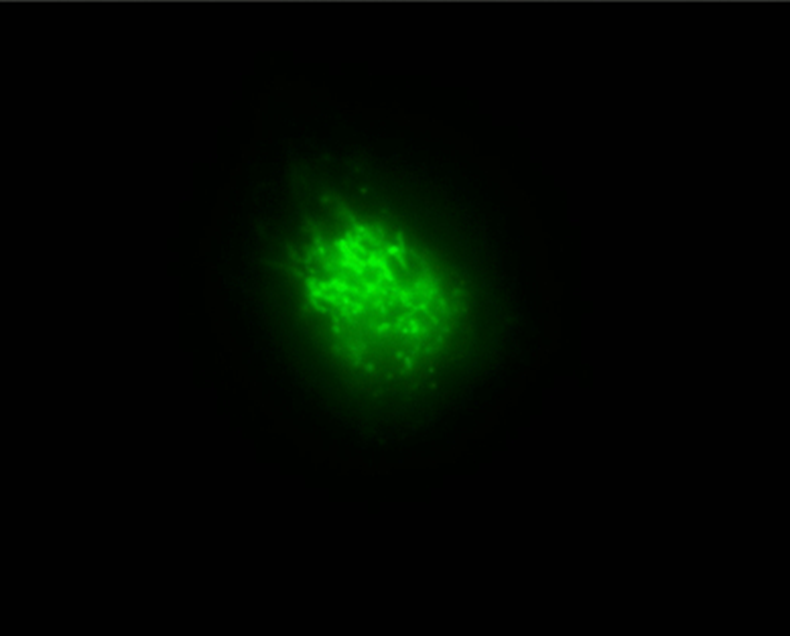Groundbreaking Discovery: Live Cells Respond to Magnetic Fields
Written on
Chapter 1: Understanding Magnetoreception
Recent research from Japanese scientists has yielded the first-ever observation of live cells reacting to a magnetic field in real-time. This groundbreaking work enhances our understanding of biological magnetoreception, a phenomenon that allows various animals, such as birds, to navigate using the Earth’s geomagnetic field—a sensory capability often referred to as a "sixth sense."
The prevailing theory surrounding magnetoreception involves intricate chemical processes occurring at the cellular level, facilitated by what is known as the radical pair mechanism. In essence, just as magnets can draw in or repel electrons, the geomagnetic field affects animal behavior by triggering chemical reactions within cells.
When exposed to light, certain molecules can excite electrons, prompting them to transfer between molecules, thus generating pairs of radicals—known as radical pairs. The nature of the electron spins in these pairs can significantly influence the speed of subsequent chemical reactions. Since the magnetic field can alter these spin states, the resultant reactions may impact animal behavior.
For over five decades, researchers have identified specific proteins, termed cryptochromes, believed to play a crucial role in this radical pair mechanism.

Section 1.1: Key Findings from the Study
Jonathan Woodward, co-lead author of the study, stated, “We have not altered or modified these cells. Our evidence strongly suggests we are witnessing a purely quantum mechanical process influencing chemical activities within cells.”
This research marks a pivotal moment in the field, as although previous studies indicated that genetic modifications to cryptochromes hindered navigation in organisms like fruit flies and cockroaches, no one had measured the direct effects of a magnetic field on living cells until now.

Section 1.2: Experimental Setup and Observations
In this innovative study, researchers from the University of Tokyo examined HeLa cells—widely used in laboratory experiments—focusing on the cells' flavin molecules, which naturally fluoresce under blue light. When these cells were illuminated, they emitted light for approximately 40 seconds. However, when a magnetic field was introduced, researchers noted a fluorescence dimming of around 3.5% with each magnetic sweep.
Statistical analysis indicated that the dimming was likely due to the radical pair mechanism at work. The magnetic field led to an increase in radical pairs with matching electron spins, resulting in fewer flavin molecules available for light emission.

Chapter 2: Implications and Future Research
The study utilized a magnetic field strength of 25 millitesla—comparable to the strength of a standard refrigerator magnet—while the Earth’s magnetic field is significantly weaker at approximately 50 microtesla. Researchers also noted that lower magnetic fields could facilitate electron spin state switching, offering a low field effect that might enhance the understanding of magnetoreception mechanisms.
As the team prepares for further studies, they plan to explore the effects of magnetic fields on various cell types, consider the implications for cellular health, and test potential magnetic receptors.
The first video titled Magnets dim natural glow of human cells, may shed light on how animals migrate discusses the groundbreaking research on how magnetic fields affect live cells and animal navigation.
The second video titled Japanese cell biologist awarded Nobel Prize for work on autophagy highlights the contributions of researchers in the field of cell biology, emphasizing the importance of their work.

Stay informed with the content that matters — Join my mailing list